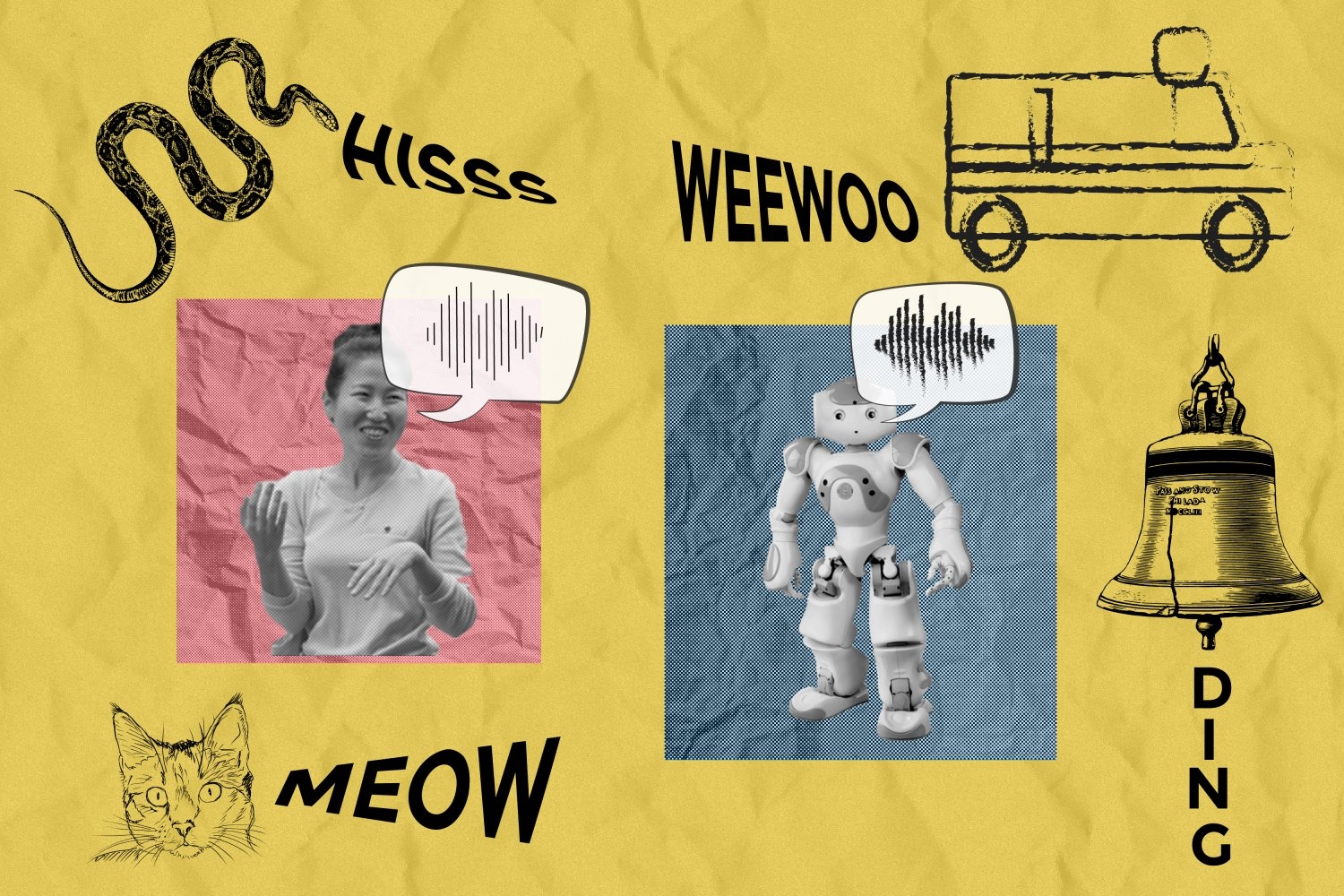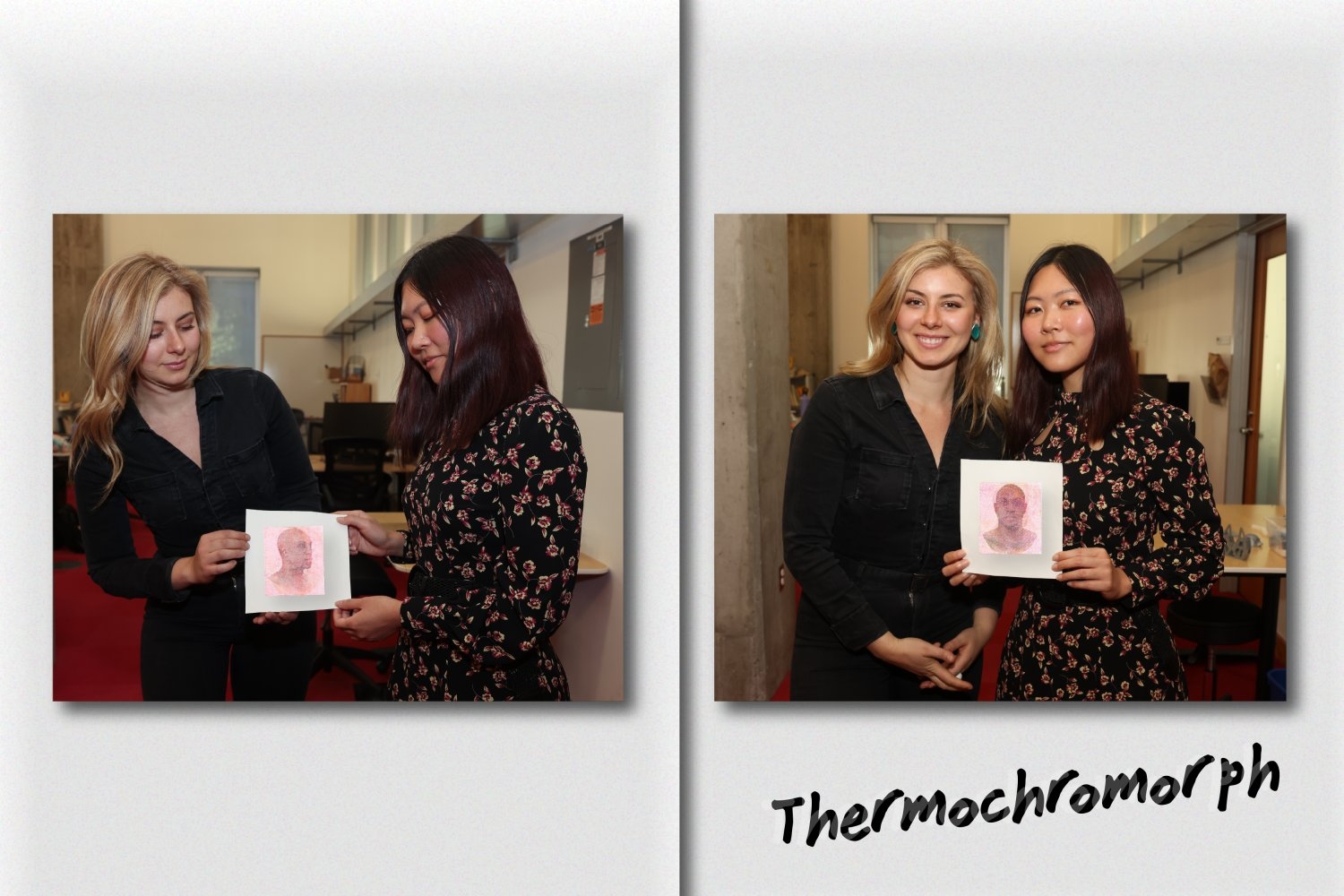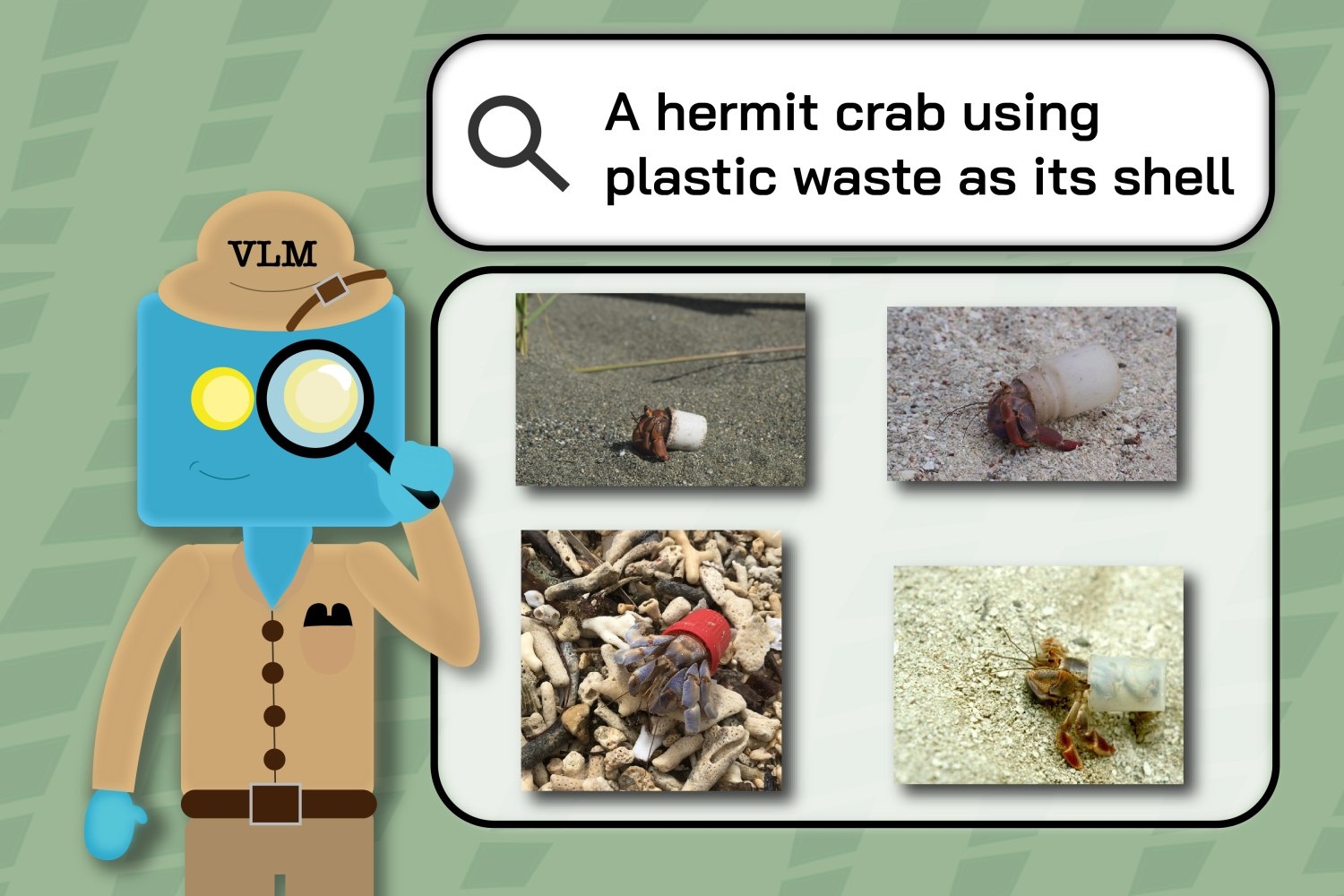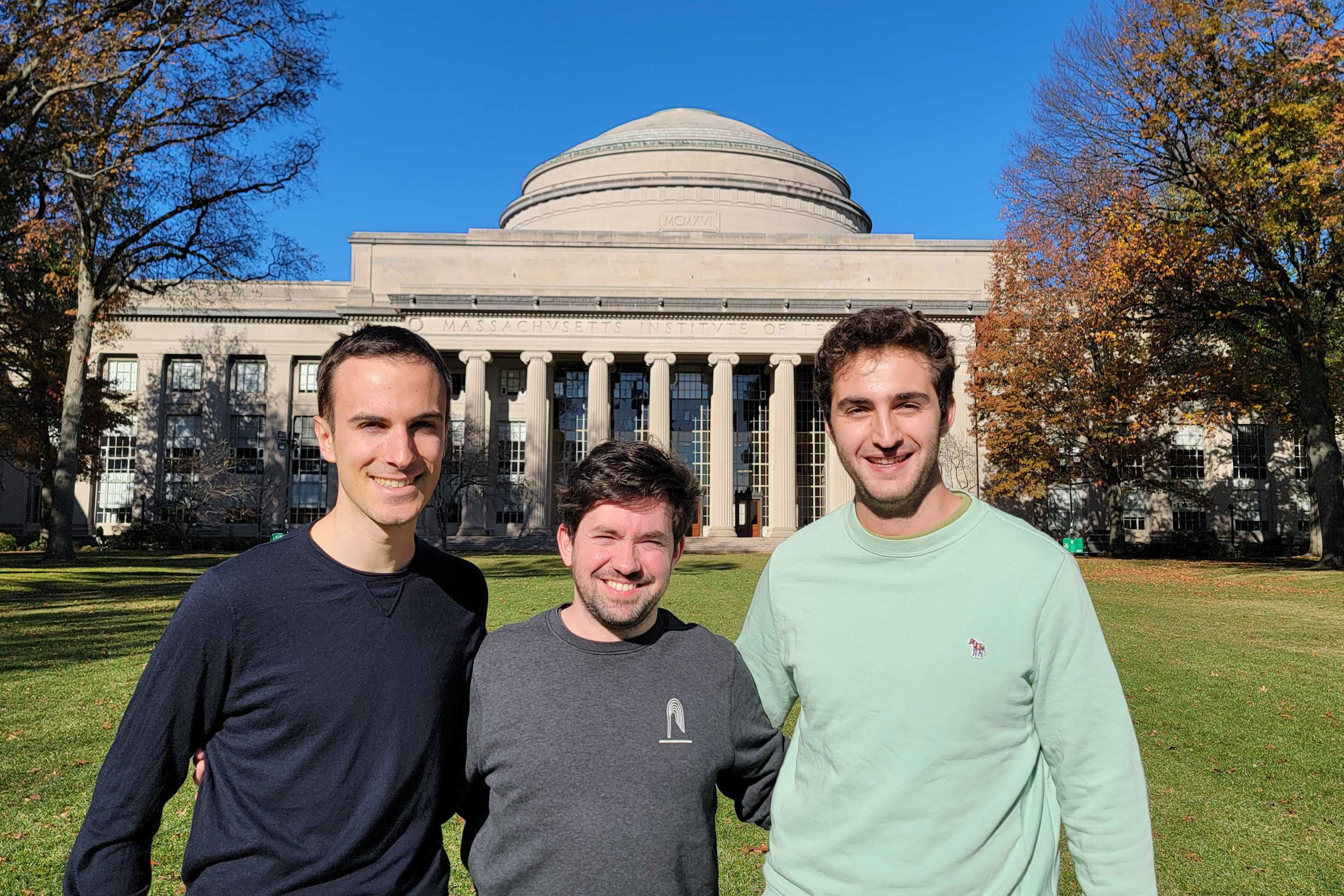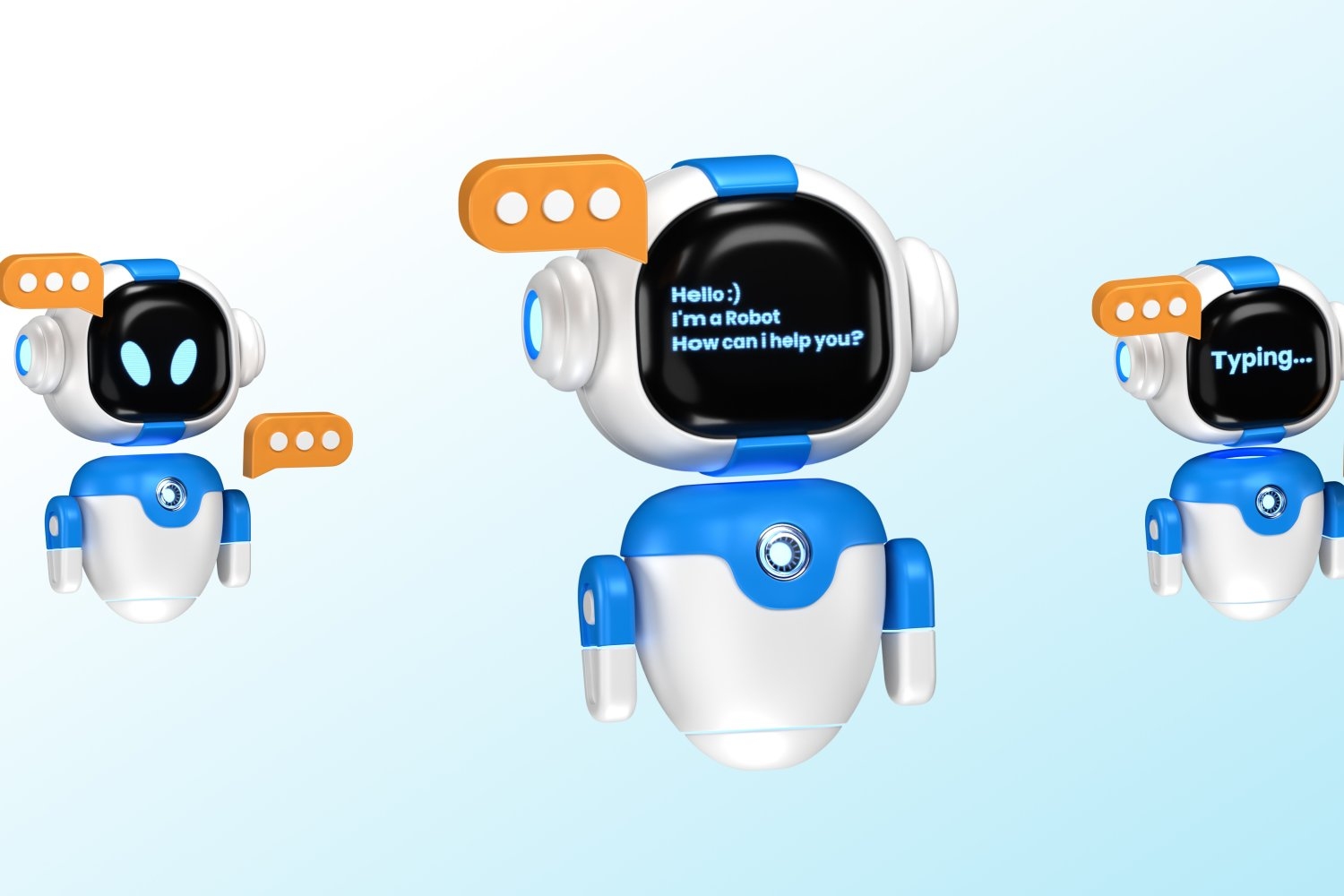Toward video generative models of the molecular world
Starting with a single frame in a simulation, a new system uses generative AI to emulate the dynamics of molecules, connecting static molecular structures and developing blurry pictures into videos.
Jan. 23, 2025 • ~8 min
Teaching AI to communicate sounds like humans do
Inspired by the mechanics of the human vocal tract, a new AI model can produce and understand vocal imitations of everyday sounds. The method could help build new sonic interfaces for entertainment and education.
Jan. 9, 2025 • ~8 min
Ecologists find computer vision models’ blind spots in retrieving wildlife images
Biodiversity researchers tested vision systems on how well they could retrieve relevant nature images. More advanced models performed well on simple queries but struggled with more research-specific prompts.
Dec. 20, 2024 • ~9 min
Study reveals AI chatbots can detect race, but racial bias reduces response empathy
Researchers at MIT, NYU, and UCLA develop an approach to help evaluate whether large language models like GPT-4 are equitable enough to be clinically viable for mental health support.
Dec. 16, 2024 • ~6 min
/
72





